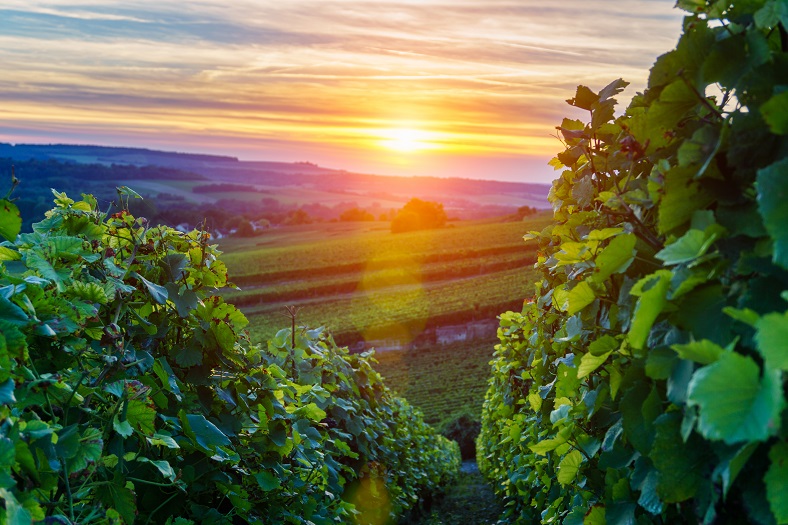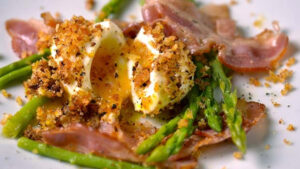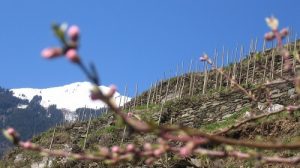
Champagne is a region with strict rules around grape choices and crafting methods. The three most common varietals grown are Chardonnay, Pinot Noir, and Pinot Meunier, but did you know that there are actually seven different grape varieties permitted by the appellation? Let’s have a look at the four, white-skinned grapes that make up 0.3% of Champagne’s vineyards: Arbane, Petit Meslier, Pinot Blanc, and Pinot Gris.
Arbane, Champagne’s oldest secret
Arbane (or Arbanne) is a white grape that ripens late with a lively, fruit-filled profile and an acidity that lends well to ageing. An ancient varietal, Arbane is specific to the Champagne region and is also used to make grands crus. It is planted by vintners in Aube, its true home, such as Olivier Horiot for whom this little-known grape is a key component in several blends. You could try the 5 Sens cuvée, for example, a Champagne made of five different grapes planted across five terroirs. The Soléra Brut Nature is even more complex, involving seven grape varietals following the same method used to craft sherry. Also delicious is Drappier’s Quattuor Blanc de Quatre Blancs, an Arbane cuvée made by a renowned Champagne house, and the Extra Brut Les 7 from Maison Laherte Frères.
Petit Meslier, from table wine to top tier
Previously enjoyed as a table wine, Petit Meslier comes from France’s eastern regions and is the result of a natural cross of Gouais and Savagnin. Also a Champagne-specific grape, these vines thrive in chalk soils before being used in the crafting of grands crus. Petit Meslier confers intense aromatics and a liveliness on the palate without compromising on elegance. Its juicy pulp makes it a good candidate for developing noble rot, much like the Savagnin grape. Certain producers and Champagne houses have started including this unusual grape in their fine blends, often along with some Arbane: the Extra Brut Les 7 by Laherte Frères and Quattuor Blanc de Quatre Blancs by Drappier fall into this category, as does Etienne Calsac’s Extra Brut Blanc de Blancs Les Revenants, a fresh cuvée with a curiously crisp side to it.
Pinot Blanc, atypical and floral
Pinot Blanc is a varietal that was long known as Pinot-Chardonnay, with both having shared the beautiful vineyards of Burgundy. Very different in appearance, however, they can be distinguished from their neighbours by their leaves. Pinot Blanc isn’t an overly aromatic grape, giving wines with light floral hints and a touch of white fruit. Mainly grown in Alsace for crafting sparkling wine, it also features in the landscape of Champagne…but you have to search pretty hard! Once more, it’s the Les 7 from Laherte Frères that we recommend, with Pinot Blanc making up around 17% of the blend depending on the year! Olivier Horiot’s Soléra Brut Nature also features Pinot Blanc. Considering the miniscule quantities grown in the region, Maison Fleury’s Notes Blanches Brut Nature has to get a mention. This 100% Pinot Blanc is a decidedly atypical Champagne from biodynamic production, and it carries gentle notes of white flowers, honey, and a hint of exotic fruit like pineapple.
Pinot Gris, a Burgundian grape conquers the world
Born and bred in Burgundy, Pinot Gris is now largely cultivated in Alsace, the Loire, and Italy (where it is known as Pinot Grigio). A noble varietal that gives complex and aromatic wines, the resulting wines can develop beautiful notes of honey, vanilla, and apricot. The Fleury family has also been experimental with this grape, their Variation cuvée an ode to this hidden gem of a fruit.



